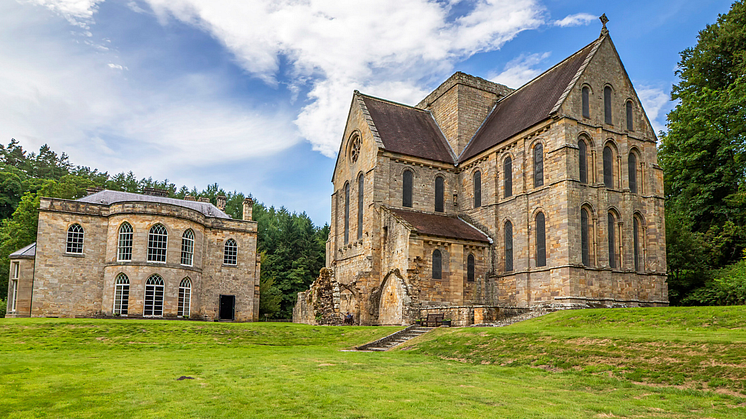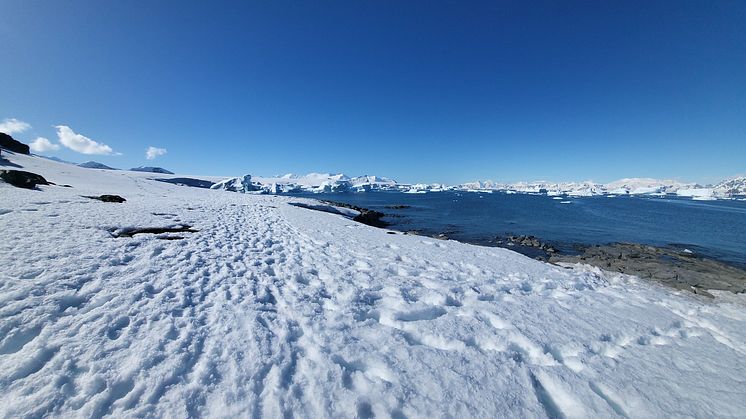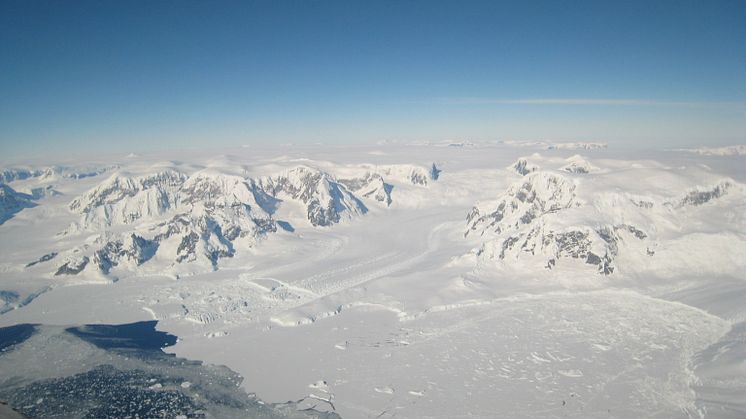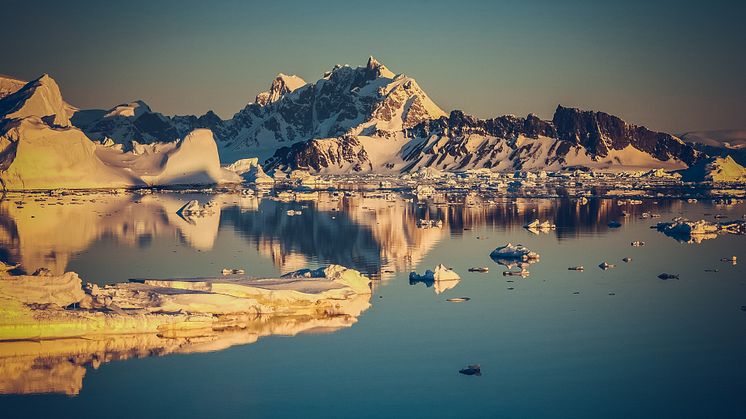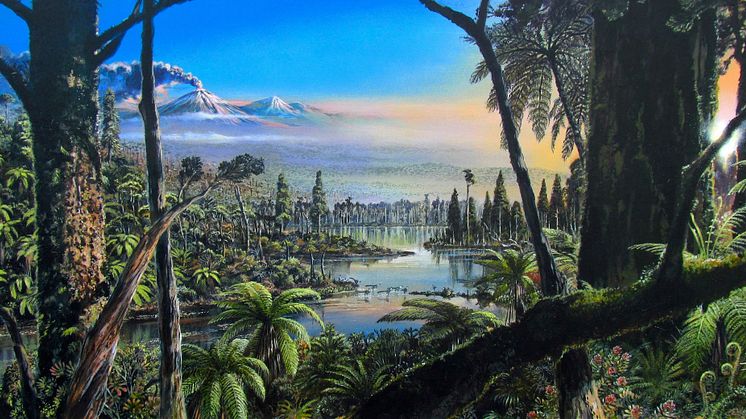
Press release -
The dawn of the Antarctic ice sheets: new study reveals it took millions of years for ice to cover Antarctica
Major differences in the way that Antarctica’s ice sheets formed millions of years ago could be the reason why ice is melting faster today than predicted, especially in West Antarctica, an international research team has discovered.
The surprising findings, detailed in unique geological sediment samples from drill cores, provide insights into when and where today’s Antarctic ice sheets formed, and are published today in the prestigious journal Science.
The analysis of sediment samples combined with complex climate and ice-sheet modelling has revealed that while the permanent glaciation of Antarctica began around 34 million years ago, the ice did not immediately cover the whole continent, as had been previously assumed.
Instead, it took almost seven million years before climate conditions in West Antarctica changed to allow ice sheets to form on this side of the continent.
The findings have been described by the research team as “completely changing what we know about the first Antarctic glaciation,” establishing the history of the formation of the icy Antarctic continent for the first time. They also provide key insights into how the East and West Antarctic ice sheets react to external influences and fundamental climatic changes.
During the 2017 Polarstern expedition, a specialist seafloor drilling rig retrieved samples of sediment core from 10 metres into the seabed, near Pine Island and Thwaites Glaciers on the Amundsen Sea coast of West Antarctica.

The samples were analysed by an international team of geoscientists and palaeoclimate modellers, who combined the newly obtained data with existing data on air and water temperatures and the occurrence of ice to better understand where the first permanent ice formed in Antarctica.
Their data sets revealed that the basic climactic conditions required for the formation of permanent ice only existed in East Antarctica, and that there was no presence of ice in this region during the first major phase of Antarctic glaciation.
In East Antarctica, moist air masses in the coastal regions of the East Antarctic Northern Victoria Land reached the high Transantarctic Mountains, creating ideal conditions for permanent snow and the subsequent formation of ice caps. From there, the ice sheet spread rapidly inland.
West Antarctica, however, was largely covered by dense broadleaf forests at the time – similar to Patagonia today – with its cool-temperate climate preventing ice from forming.
It was almost seven million years later before climate conditions would allow for the ice sheet to advance towards the West Antarctic coast.
This outlines how differently the East and West Antarctic ice sheets react to external influences and fundamental climatic changes.
Ulrich Salzmann, a Professor of Palaeoecology and Palaeoclimatology in Northumbria University’s Department of Geography and Environmental Sciences, is an expert in reconstructing the Earth’s past environments.
He was part of the research team led by the Alfred Wegener Institute, Helmholtz Centre for Polar and Marine Research (AWI) in Germany, and also involved researchers from the British Antarctic Survey, Heidelberg University and the MARUM Center for Marine Environmental Sciences at the University of Bremen.
Professor Salzmann analysed pollen grains and microfossils recovered from the sediment to reconstruct the vegetation and climate conditions.
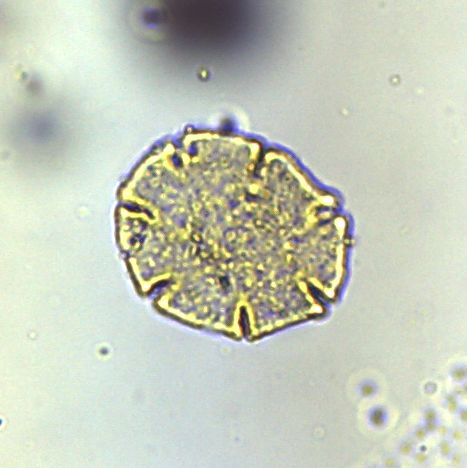
He explained: “Around 34 million years ago, our planet underwent one of the most fundamental climate shifts that still influences global climate conditions today: the transition from a greenhouse world, with no or very little accumulation of continental ice, to an icehouse world, with large permanently glaciated areas.
“During this time, the Antarctic ice sheet built up, but how, when and, above all, where, this occurred was not known due to a lack of reliable data and samples from key regions, especially from West Antarctica, that document the changes in the past. This study has now closed this knowledge gap.
“The preserved pollen and spores in the sediment reveal a detailed picture of the past West Antarctic landscape that was similar to Patagonia today with a cool-temperate, southern beech-rich forests and woodlands.
“Our findings are critical for understanding the extreme climate transition from the greenhouse climate to our current icehouse climate.”
Importantly, the study also provides new insight that allows climate modellers to simulate more accurately how permanently glaciated areas affect global climate dynamics – the interactions between ice, ocean and atmosphere.
Geologist Dr Johann Klages from the AWI, who led the research team said: “This is of crucial importance, especially in light of the fact that we could be facing such a fundamental climate change again in the near future.”
The paper, Ice sheet-free West Antarctica during peak early Oligocene glaciation is now published in Science.
Topics
Categories
UNIVERSITY OF THE YEAR 2022 (Times Higher Education Awards)
Northumbria is a research-intensive university that unlocks potential for all, changing lives regionally, nationally and internationally.
Two thirds of Northumbria's undergraduate students come from the North East region and go into employment in the region when they graduate, demonstrating Northumbria's significant contribution to social mobility and levelling up in the North East of England.
Find out more about us at www.northumbria.ac.uk
--- Please contact media.communications@northumbria.ac.uk with any media enquiries or interview requests ---









